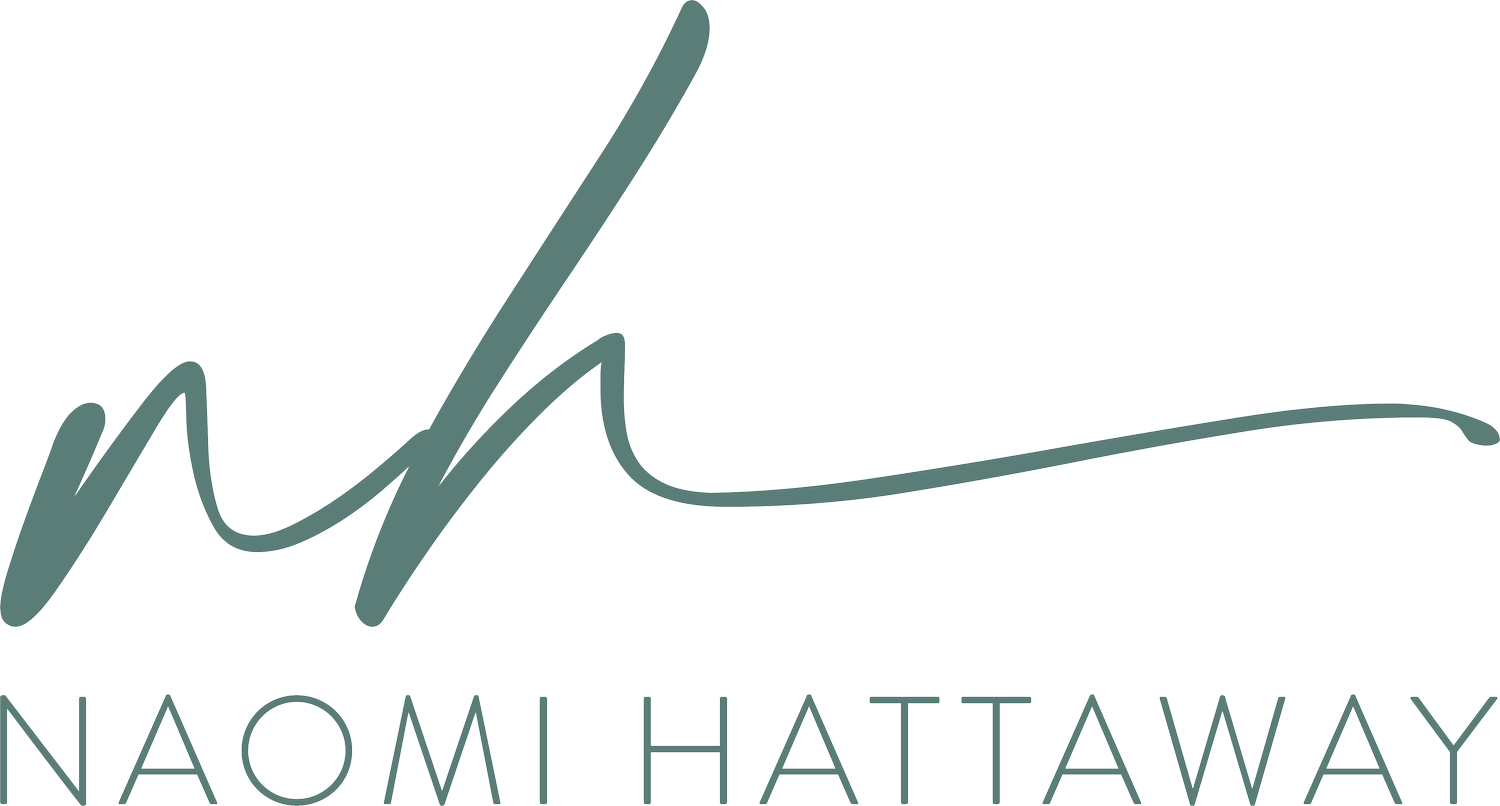42: Riverbanks (Part One)
In this episode, we are going to go deep into the waters of … riverbanks. Why they matter in the realm of leaving well, and how you can navigate your own riverbanks. If you’re new here, Leaving Well is the art and practice of leaving a place, role, title, or thing with intention and purpose, and when possible … joy.
To learn more about Leaving Well, visit https://www.naomihattaway.com/
To support the production of this podcast, peruse my Leaving Well Bookshop or buy me a coffee.
This podcast is produced by Sarah Hartley.
Transcript:
Every time I enter the space of leadership, an opportunity to build community, or when I am asked to offer encouragement or support to someone, I bring up the idea and concept of river banks. I love being near water, and prefer creeks, lakes, and rivers over oceans. I am fascinated by the visual of the s-curves of rivers when flying above in airplanes. Each time I drive, as the little green marker on my navigation app signifies an upcoming creek or river appears, I intentionally look to the right, to observe the water, and it’s bed or banks.
We didn’t grow up near water, but we would often go bluegill fishing in a lake near our home in Western Nebraska. There’s a very specific sucking sound that I can recall fondly, decades later, that happens when you navigate from the grassy area, into the muddy banks, to get close enough to fish. The sound where your shoes (or bare feet, even) imprint into the mud, and as you lift to take a step, somehow both pull moisture up to meet your feet at the same time it leaves evidence that you were there. Also, when we went camping while growing up, I always secretly hoped there would be a creek nearby.
River banks hold up the sides. In the middle, where the river flows, the water does whatever it wants. The river can both meander aimlessly, and forcefully change course. River banks are the absolutes of where that water is to be. If we let ourselves stay attached to river banks, it becomes our integrity. When we allow river banks to crumble, when we let the importance of being right take over everything else, we allow seepage. It's hard to put the water back once it's seeped over the edges.
In shaping your voice and the power you wield, it’s worth reflecting on what you’d like your river banks to be. What pillars will be on your left and on your right? When creating a new program, company, or offering, what river banks will you choose to strongly hold to no matter the cost?
I believe we all crave boundaries and structure to our lives, and meaning in our days ... and purpose. This desire however, can feel like a heavy weight amidst the ins and outs of LIFE needing to also happen daily, and inside of small moments.
So knowing that we all start there, and we all desire that balance, I suggest we seek out a healthy version of staying the course. This means finding our boundaries, honoring the small moments, and identifying and creating our own personal set of river banks. Worth noting, your river banks aren't obtrusive, or obnoxious. They fit in with the environment and no one really notices them, but they hold the river inside. Help you hold steady to the course.
In my life, I've identified my river banks. The main focus of my work (the why), the values I strive to uphold, and how I want to show up for the people in my life. Also part of my river banks practice is my Field Guide - which contains the supports and resources I know are critical to my success. Currently my Field Guide is being collected and curated inside a journal, with lists of the things I know to be true, ideas for how to restore my weary soul, lessons I’m learning, and new things I’m holding tight.
With those things in place, I can better let the river banks prop me up, which allows the water to flow. My river banks allow me to "focus on the mission, not the details". This also helps me absorb disappointment and missed expectations easier.
It is crucial that we allow ourselves the grace and the space to change our minds or to let someone else's story change the way that we see something, and if you imagine water, it is fluid and it has the ability to be ever changing. Your river banks don't though, they stay very firm. In this way, I know what my boundaries are, where I stand squarely in and on, but I allow myself to navigate the opportunity to change my mind, to let my own voice take different shapes as I grow, and allow my leadership structure and style to grow and shift as well.
The water becomes the work, my day-to-day. It might be still one day or rushing the next. There might be rocks or debris ... or flood waters with spilling over the banks. It also reminds me of the metaphor of doing upstream work of changing systems (especially in nonprofit / social work / advocacy work) at the source of the problem, instead of downstream work (rescuing the people harmed by systems and inequities out of the water over and over)
To find your own river banks, I offer these questions for you to ponder:
What top four values do you live your life by?
What are your non-negotiables?
Are boundaries easy for you to uphold?
What guidelines do you use for your way of doing your best work?


